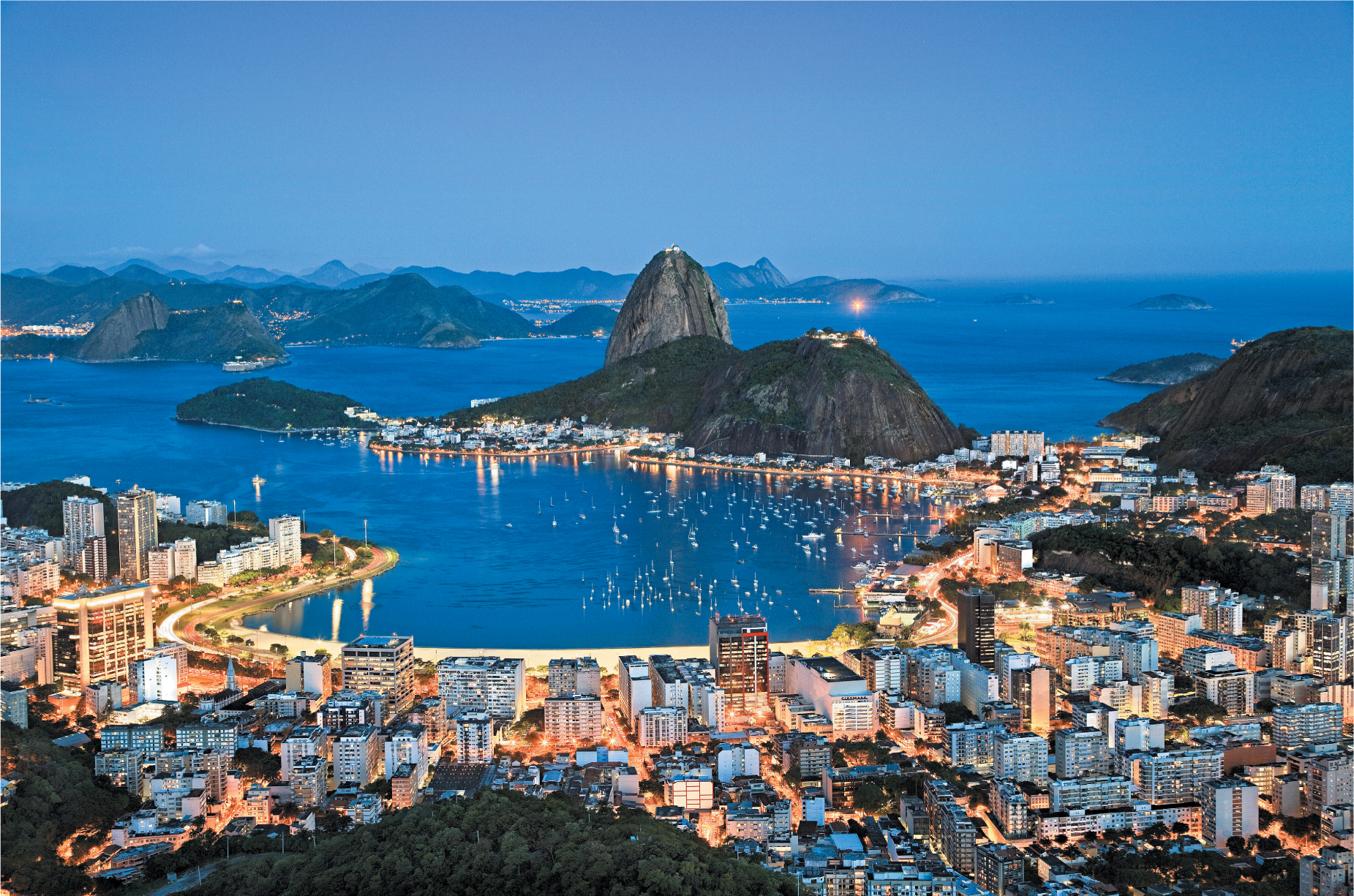Urbanization
277

Urbanization
10
Imagine the 2 million years that humankind has spent on Earth as a 24-hour day. In this framework, settlements of more than a hundred people came about only in the last half hour. Towns and cities emerged only a few minutes ago. Yet it is during these “minutes” that we see the rise of civilization. Civitas, the Latin root word for civilization, was first applied to settled areas of the Roman Empire. Later it came to mean a specific town or city. To civilize meant literally “to citify.”
Urbanization over the past 200 years has strengthened the links among culture, society, and the city. An urban explosion has gone hand in hand with the industrial revolution. According to United Nations assessments, the year 2008 was a momentous one, as it marked the first time that the world’s urban population exceeded its rural population. The world’s urban population has more than quadrupled since 1950 (733 million in 1950 versus 3.6 billion in 2011) and will reach 6.3 billion by the year 2050. At that time, approximately 67 percent of Earth’s population will live in cities. The cultural geography of the world will change dramatically as we become a predominantly urban people and the ways of the countryside are increasingly replaced by urban lifestyles.
278
In this chapter, we consider overall patterns of urbanization, learn how urbanization began and developed, and discuss the differing forms of cities in the developing and developed worlds. In addition, we examine some of the external factors influencing city location. In Chapter 11, we look at the internal aspects of the city as seen through the five themes of cultural geography.